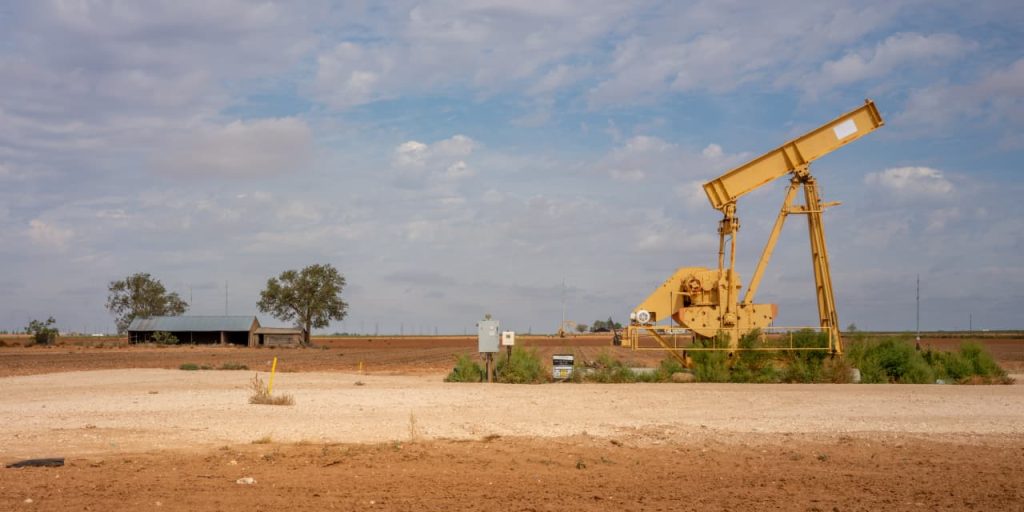The oil market is once again finding itself caught in the middle of disparate geopolitical forces just as the week gets going.
Prices were little changed early Tuesday. They had earlier dropped in the Asian day on optimism that Venezuela may soon be able to increase output, before recovering on concern that the war between Hamas and Israel may threaten output from Iran.
Those are two new hot spots of concern, and both areas are fraught with uncertainty. Venezuela, which has the biggest oil reserves of any country, has seen production and investment in the industry curbed by years of sanctions. The country now produces about 400,000 barrels of oil a day.
President Joe Biden and Venezuela’s government have agreed to ease those restrictions on the promise of the South American country holding internationally monitored elections next year, the Washington Post reported Monday.
If the deal happens, it will still take Venezuela a long time to ramp up production, analysts say. But oil traders nevertheless took it as a sign that future oil supplies will be ample. Currently global oil output is around 100 million barrels a day.
In the Middle East, the worry is that supplies coming from Iran will soon be curtailed. Iran has been under U.S. sanctions for years because of its nuclear program, but has nevertheless managed to slowly increase output, particularly to Chinese buyers.
While Iran has some of the biggest oil reserves–fourth after Venezuela, Saudi Arabia, and Canada–its output is still only about 3 million barrels a day. By way of comparison, the U.S. produces almost 13 million barrels a day. Russia and Saudi Arabia each have output of around 9 million barrels a day.
If Iran gets more involved in the Hamas-Israel conflict, its production could be curtailed by stricter sanctions.
The oil market has recently been dominated by intentional curbs to supply by Russia and the Organization of the Petroleum Exporting Countries, which has kept prices higher than otherwise. The club of OPEC members produce some 30 million barrels of oil a day.
On the other hand, worries about lackluster economic growth raised worries about weak demand for energy. Almost two years of rising interest rates and a sluggish recovery from Covid-19 lockdowns in China have tended to push prices lower.
Early on Tuesday, West Texas Intermediate, the U.S. benchmark, was up 0.1% at $86.68. The contract is down more than 5% over the past month. Brent crude, the international standard, was unchanged at $89.66.
Write to Brian Swint at brian.swint@barrons.com
Read the full article here
